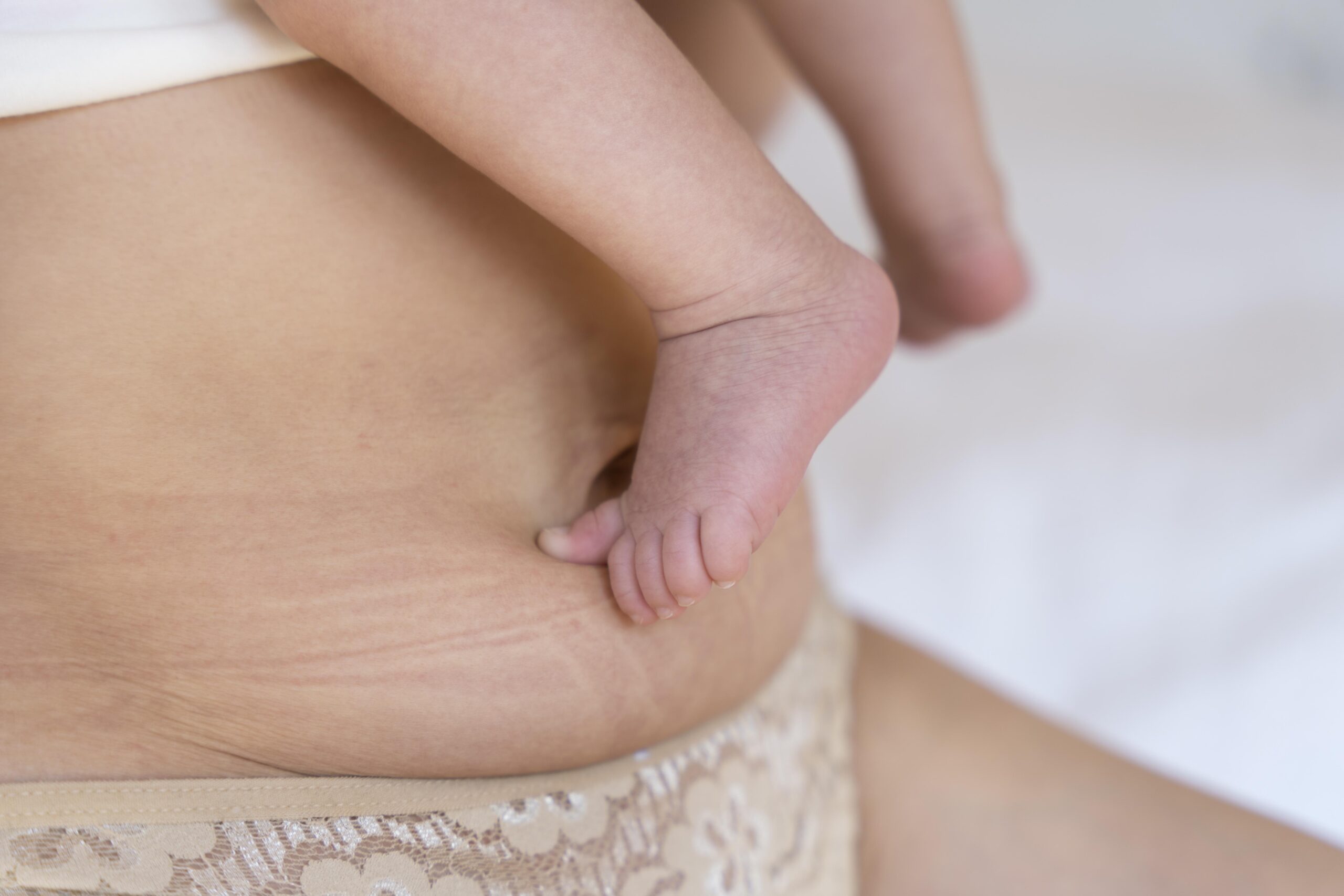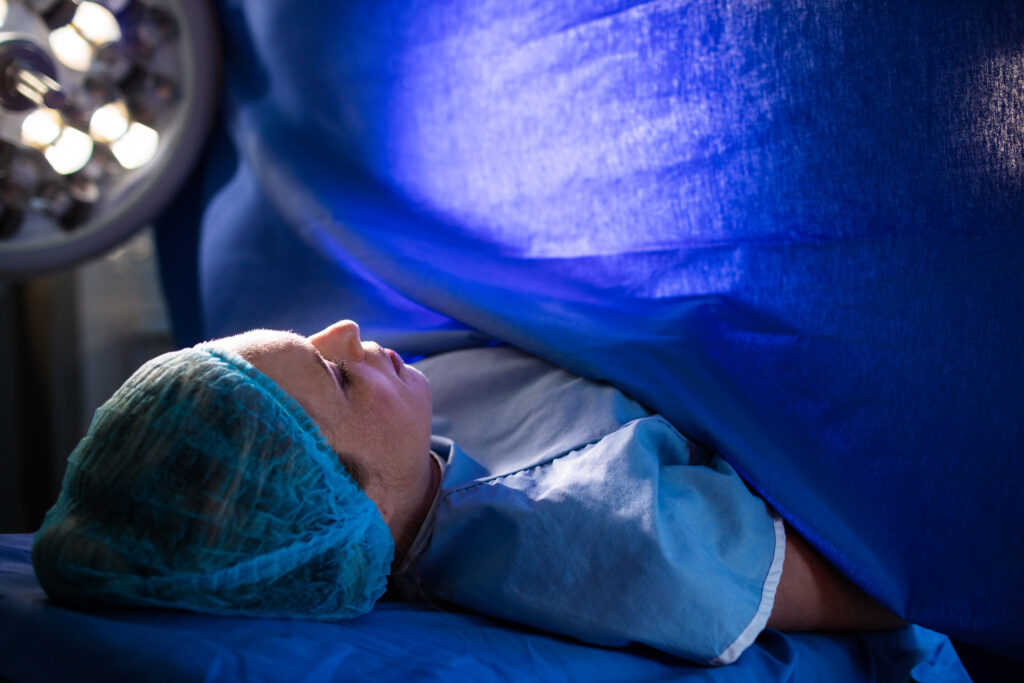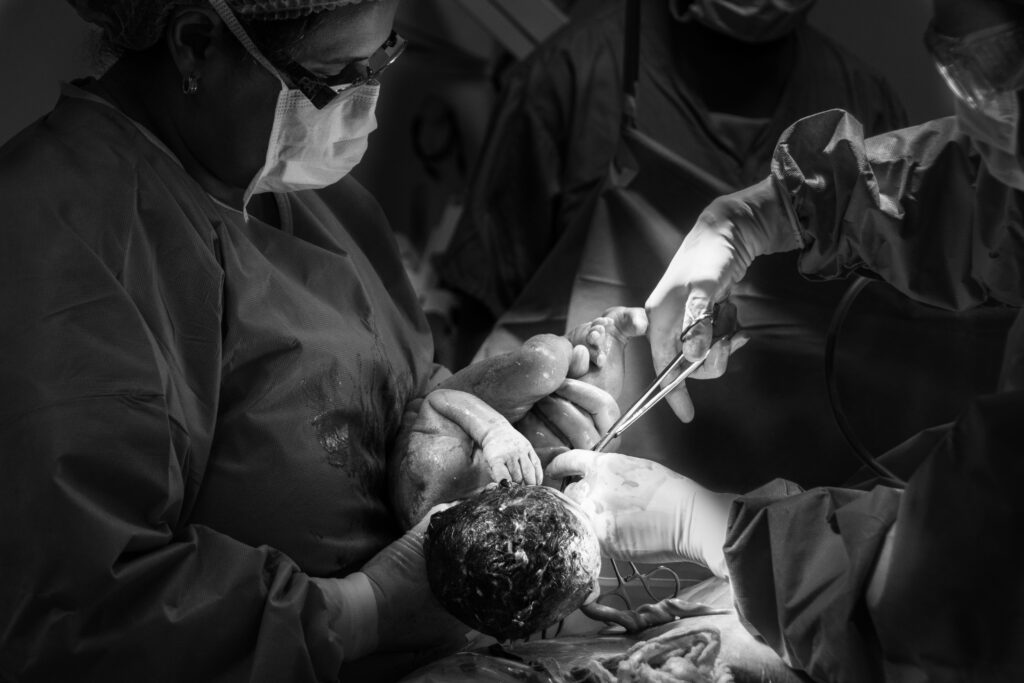Transform your vertical C-section scar with these 7 doctor-approved methods. From simple home remedies to professional treatments, you can get smoother skin and boost your confidence!

Your C-section scar tells the story of one of the most incredible moments in your life: bringing your baby into the world. If you have a vertical C-section scar that makes you feel self-conscious, you are not alone. Many mothers wonder how to reduce or remove these marks while celebrating the strength they represent.
C-Section is a Guilt ? Really ! Breaking the Myths That haunt new mothers.
Whether your scar is raised, dark, or simply more noticeable than you’d like, there are several effective ways to improve its appearance. From simple home remedies to medical treatments, let’s explore your options for achieving smoother, more confident skin.
Understanding Your Vertical C-Section Scar
Vertical C-section scars do not stretch from your navel down, toward your pubic area, the way the more common horizontal “bikini line” cuts do. These scars are often required in an emergency, such as when a previous surgery or other medical circumstance has made it medically necessary for the C-section.
Recovery Healing after surgery is a process that takes 6 to 12 months, and scars will continue to evolve for up to two years. It’s normal for your scar to look red, raised or darker around this time in the healing process).
Natural Methods to Reduce Vertical Scars
Massage Therapy
Gentle scar massage can work wonders for improving texture and appearance. Once your doctor clears you for massage (usually 6-8 weeks post-surgery), use small circular motions with a moisturizer or scar cream. This helps break down scar tissue and improves blood circulation.
Silicone Products
Silicone gel sheets and creams are among the most scientifically-backed scar treatments available. They create an optimal healing environment by maintaining moisture and protecting the scar from bacteria. Apply consistently for 3-6 months to see significant improvement.
Natural Oils and Moisturizers
Several natural ingredients can support scar healing:
- Vitamin E oil nourishes skin and may reduce scar visibility
- Coconut oil provides deep moisturization with antimicrobial properties
- Aloe vera soothes inflammation and promotes healing
- Rosehip seed oil contains vitamins A and C to support skin regeneration
Sun Protection
UV rays can darken scars permanently, making them more noticeable. Always apply SPF 30 or higher sunscreen to your scar area, even under clothing. Consider using clothing or bandages for extra protection during the first year.
Professional Treatment Options
Laser Therapy
Laser treatments can significantly improve scar appearance by stimulating collagen production and reducing pigmentation. Options include:
- Fractional lasers for texture improvement
- Pulsed dye lasers for redness reduction
- CO2 lasers for deeper, more raised scars
Steroid Injections
For raised or keloid scars, corticosteroid injections can flatten and soften the tissue. This treatment requires multiple sessions but can dramatically improve thick, prominent scars.
Microneedling
This procedure creates tiny punctures in the skin to stimulate natural healing and collagen production. When combined with serums or platelet-rich plasma (PRP), results can be even more impressive.
Surgical Revision
In severe cases, surgical scar revision can remove excess scar tissue and create a thinner, less noticeable line. This option is typically reserved for scars that haven’t responded well to other treatments.
Timeline: What to Expect During Healing
Weeks 1-6: Focus on proper wound care and following your doctor’s instructions. Avoid putting anything on the incision until cleared by your healthcare provider.
Months 2-6: Begin gentle treatments like massage, moisturizing, and silicone products. This is when you’ll see the most dramatic improvements.
Months 6-12: Continue consistent care while considering professional treatments if desired. Your scar will continue maturing during this time.
Year 1-2: Final scar maturation occurs. Most improvement happens by the two-year mark.
When to Seek Professional Help
Consult your doctor or a dermatologist if you notice:
- Excessive redness or swelling that doesn’t improve
- Thick, raised scars (keloids or hypertrophic scars)
- Scars that become increasingly dark or prominent
- Pain, itching, or sensitivity that interferes with daily life
Creating Your Scar Care Routine
Building a consistent routine is key to seeing results:
Daily: Apply moisturizer or scar cream, perform gentle massage, and use sun protection
Weekly: Assess progress with photos and adjust your routine as needed
Monthly: Consider professional treatments if home care isn’t providing desired results
Remember, patience is essential. Most people see noticeable improvement within 3-6 months of consistent care, with continued progress over the following year.
Embracing Your Journey
While working to improve your scar’s appearance, remember that it represents an incredible feat of strength and love. Many mothers find that combining practical scar care with self-acceptance creates the most satisfying results.
Your vertical C-section scar doesn’t define you, but taking care of it can boost your confidence and comfort in your own skin. Whether you choose natural remedies, professional treatments, or a combination of both, the most important thing is finding an approach that makes you feel happy and confident.
Final Thoughts
Removing or significantly reducing vertical C-section scars is absolutely possible with the right approach and patience. Start with gentle, consistent care and don’t hesitate to explore professional options if you want more dramatic results.
Every scar heals differently, so what works for one person may not work for another. Be patient with yourself, celebrate small improvements, and remember that seeking help from healthcare professionals is always a smart choice when you have questions or concerns.
Your journey to smoother, more confident skin starts with that first step – and you’ve already taken it by learning about your options. Here’s to healing, self-care, and embracing the incredible strength your body has shown.

















